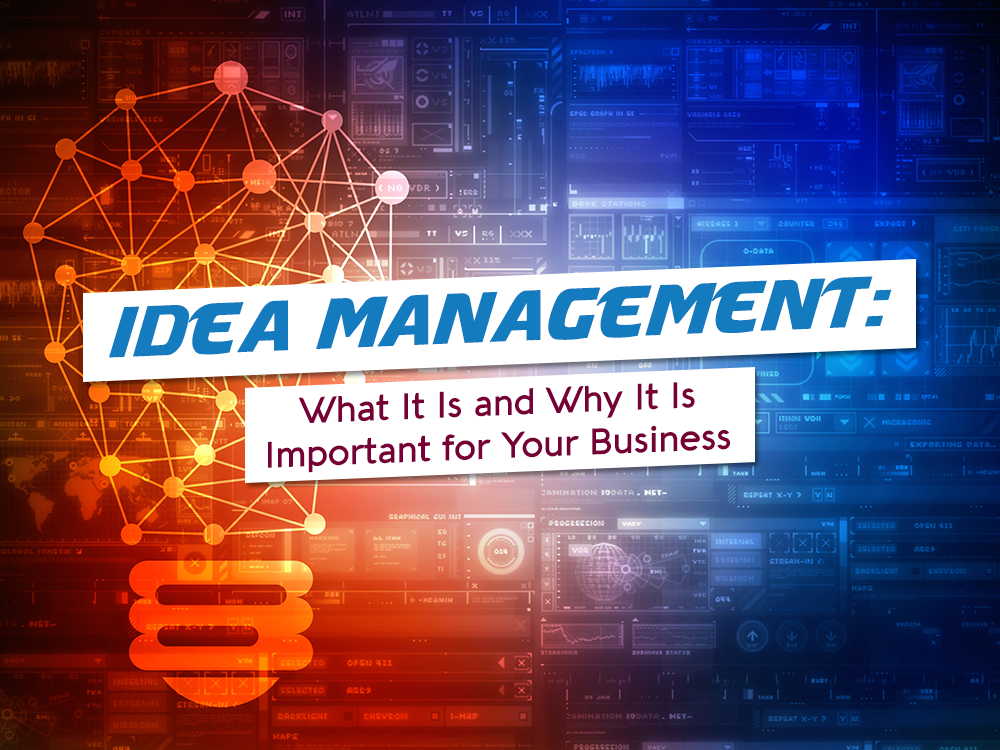How to generate new ideas and innovations.
The need for business innovation is hardly a secret these days. Top management is demanding innovation, often turning to employees for ideas to improve. That is the essence of idea management and potential for innovation.
Idea management is the first part of the process of innovation. It is a structured way of generating, discussing, organizing, improving, prioritizing, and evaluating valuable insight or thinking that may not have come about through normal business processes. Ideas may come from just about anyone: employees, vendors, customers, investors, etc. Idea management is important because it harnesses creativity, implementing it to better outcomes for a business.
Benefits of Idea Management
During the phase of innovation in which ideas are gathered and evaluated (idea management phase), a number of benefits can be found for a business. Idea management helps businesses to make full use of its employees’ creative potential. The bonus of this is that employees often feel more valued and are more satisfied and engaged (which can lead to a stronger attachment to the business, which creates a positive cycle). Idea management also makes innovation processes to be more efficient by helping organizations increase the quality of their service or product while reducing costs. This equals a higher investment return.
Tips for Idea Management
Have someone manage the process. It is best to have an idea manager appointed. This person will be responsible for getting the system up and running as well as collecting ideas. The tasks an idea manager does will include motivating staff or other individuals to come up with new ideas by way of campaigns or workshops. This person also is responsible for analyzing the ideas that have the highest potential.
Have a system in place before you begin. Idea generation is best made possible if you have a structured idea management system in place. Clear guidelines should be set on how new ideas can be submitted, be it through employees, clients or another source of insight. A system should also be in place to keep submissions in order and to develop the most promising ideas further.
Include everyone within the business. If the source of your ideas is coming from staff members, involve everyone. A diverse group of staff who can contribute to the idea generation process will increase the number of results and you may be surprised who comes up with the best innovation ideas. It isn’t always the engineer who has the best innovation – it is often those who are most intimately involved with the issues, knowing where they lie and how they can be improved on. Idea generation is about finding ideas from a vast source of contributors, which is why everyone should be included.
Don’t dismiss anything. Perfection is not the purpose of idea generation. Although it is true that not every idea will be the best way to the end result you have in mind, it does not mean you should dismiss them. They may not be the solution to one problem but may be helpful in solving a problem in the future. Furthermore, if you are quick to dismiss ideas, it can leave a bad effect on staff motivation and morale, which may prevent them from submitting future, potentially great ideas in the future.

